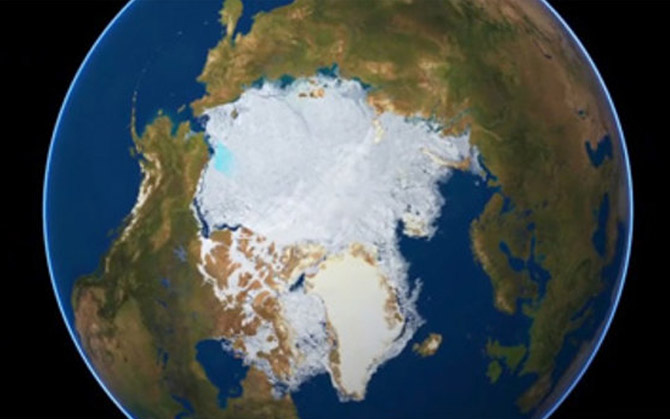GlobIce: mapping the movement of sea ice
Deriving new Sea Ice Dynamics data products from ASAR data

14 March 2012
An ESA-funded project to model sea ice dynamics using archived radar data from the Envisat and ERS missions has released its first validated datasets for the Arctic winters of 2004–11. Mapping sea ice displacement is key for climate research.
Sea ice profoundly affects the exchanges of heat, water and momentum between the ocean and atmosphere, and plays an important role in oceanic convection and deep-water formation.
The €1 million GlobIce project, which began in 2005 with a consortium of eight partners led by University College London (UCL), measures sea ice motion for use in climate modelling and research.
In support of the Climate and Cryosphere project of the World Climate Research Programme, GlobIce validates sea ice motion, deformation and ice flux.
Radar images of ice displacement, which is determined at intervals of a few days, are used to generate a large number of high-resolution products useful for climate research, such as sea ice velocity maps.
GlobIce products provide Arctic-wide sea ice dynamics data at more than ten times the resolution of any other wide-area satellite-derived products currently available.
 Close
Close

